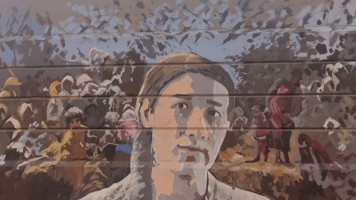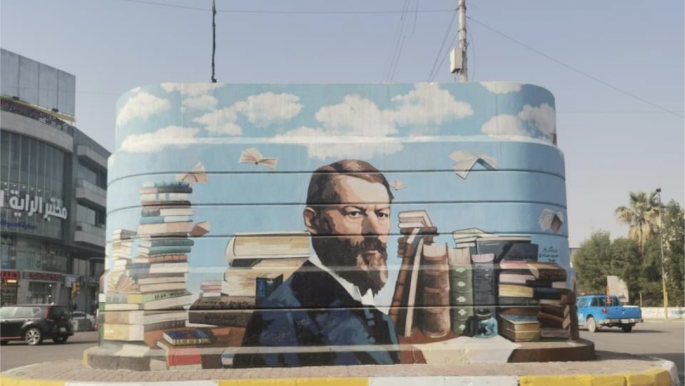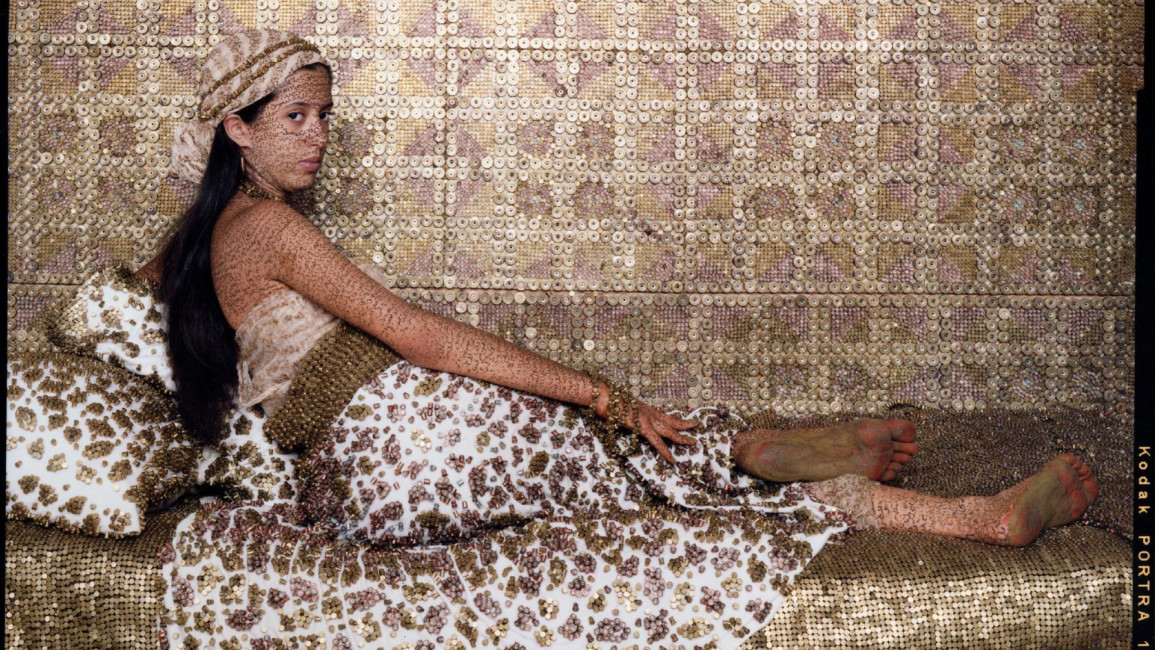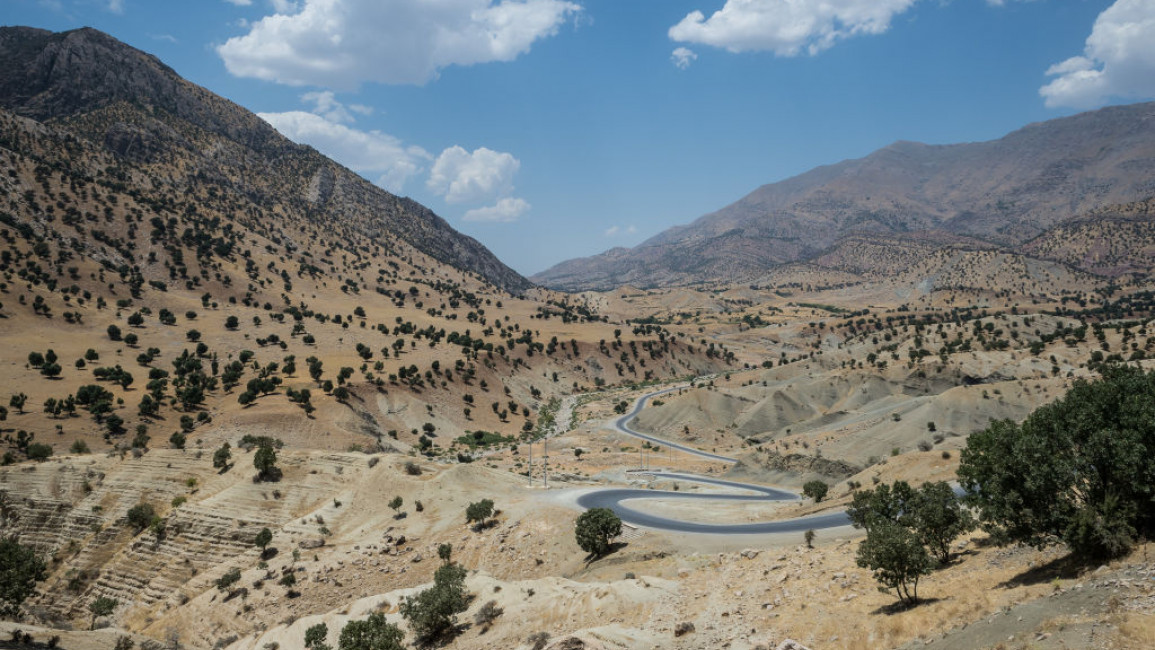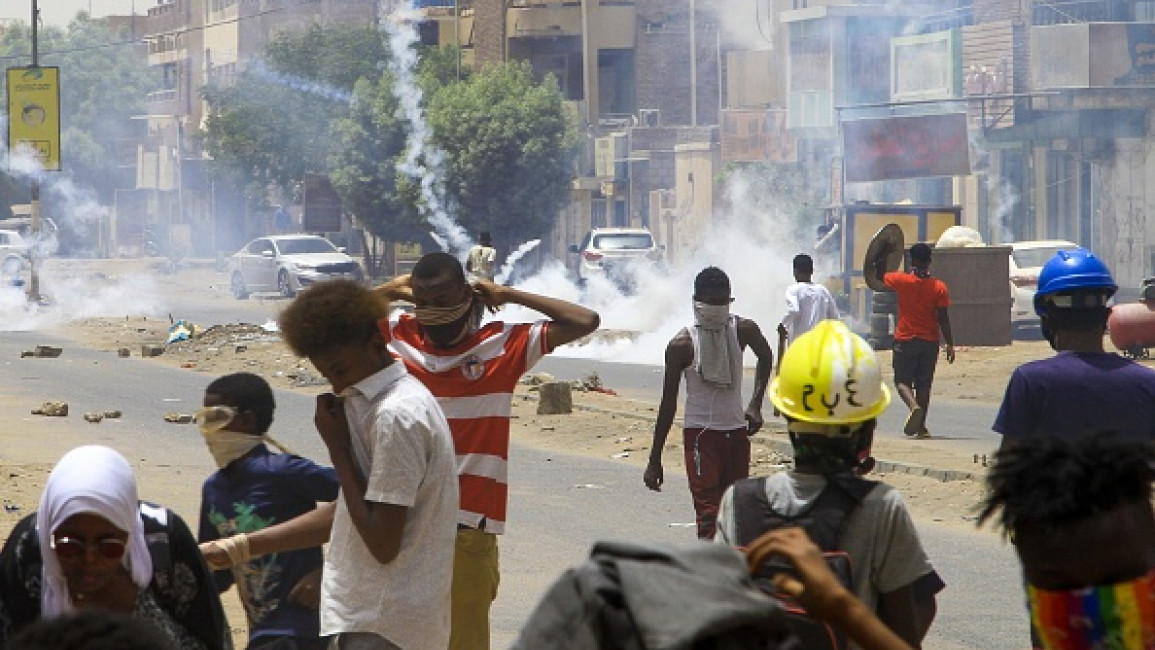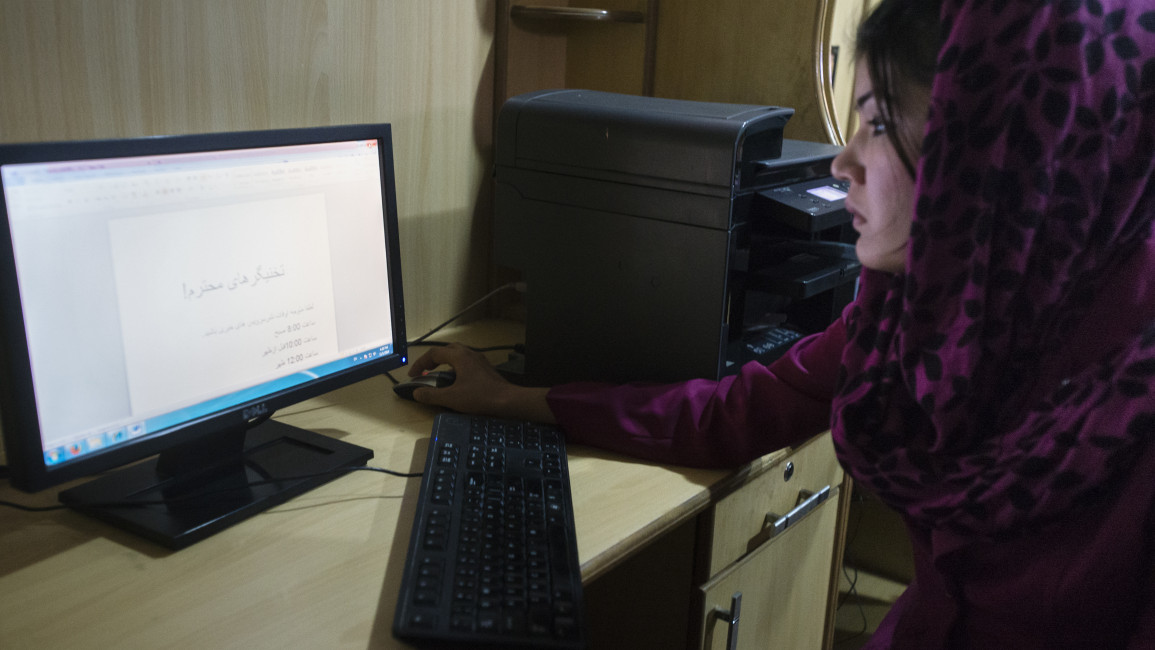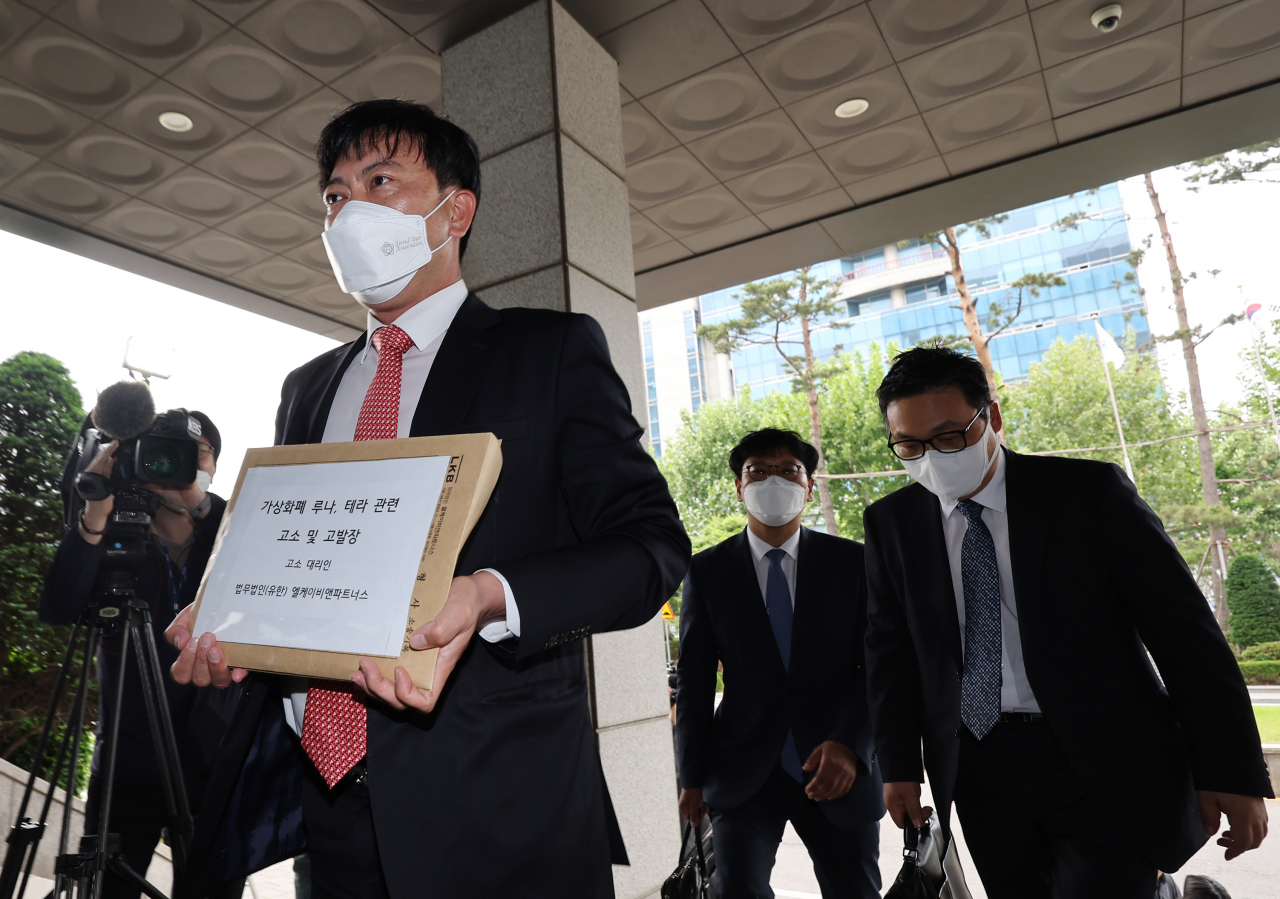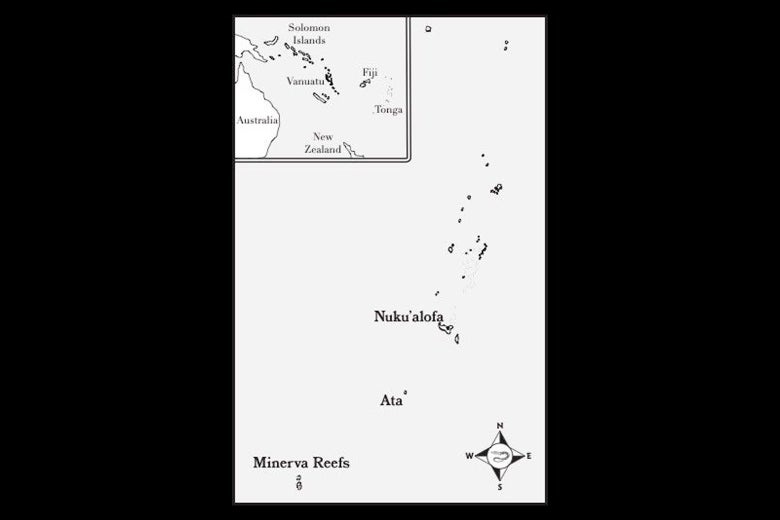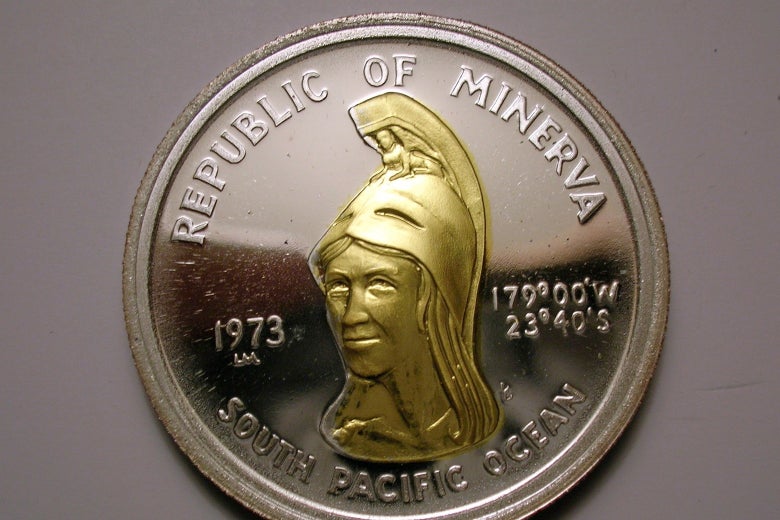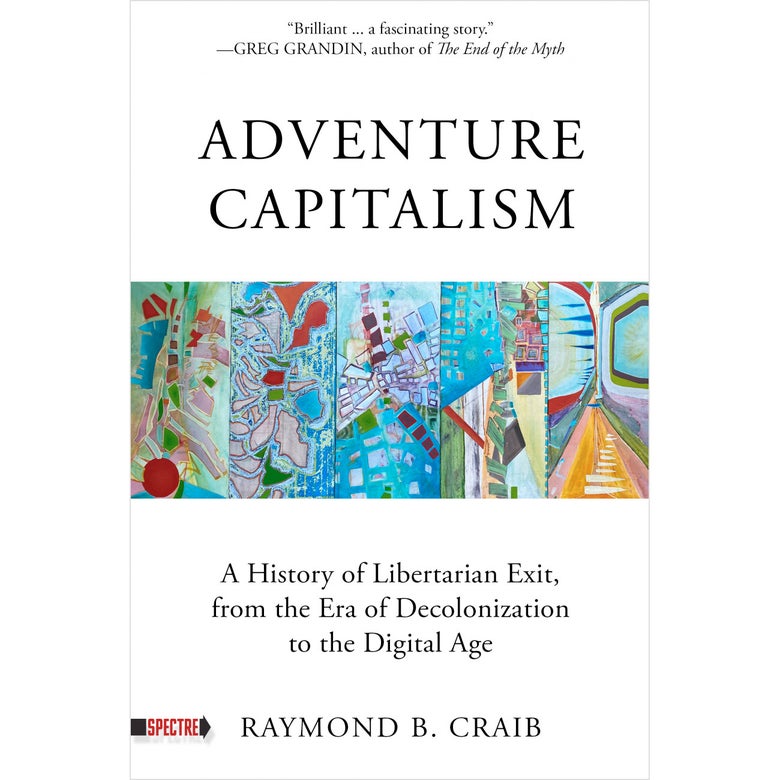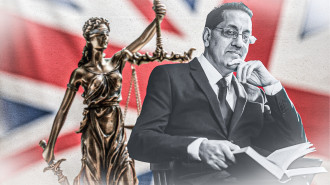
Nazir Afzal: The UK's national expert on violence against women and girls who will never stop fighting for their rights
Interviews11 min read
Sophia Akram
06 May, 2022
The New Arab Meets: Nazir Afzal, whose tireless work as both a public prosecutor and a prominent activist against gender-based violence has been invaluable in helping shed light on the depth and breadth of the problem in the UK and beyond.
Hear the town Rochdale mentioned and many will relate it to one of the most notorious child grooming cases in the UK, involving mostly British Pakistani men as the perpetrators.
As difficult as it is to stomach the details that emerged of the abuse of the 47 underage victims in the case, it is also difficult to overlook how the authorities ignored them with fears of racism – causing hesitancy and dismissals that the main accuser was unbelievable. Nazir Afzal OBE believed her, though.
When he overturned the Crown Prosecution Service's (CPS) previous decision not to prosecute the accused men as the then Northwest Chief Crown Prosecutor in 2011, all of the nine men charged were eventually convicted. It also arguably changed how child sexual exploitation was viewed in the UK.
"Nazir Afzal was one of the first prosecutors to look at honour-based violence crimes and notably tackled forced marriages after being the youngest person, at 38, and the first Muslim, appointed as assistant chief crown prosecutor for London in 2001"
Nazir Afzal faced visceral criticism from within the community and outside it for his efforts but in truth, it hadn't been the first time and may well not be the last.
Before Rochdale, Nazir was one of the first prosecutors to look at honour-based violence crimes and notably tackled forced marriages after being the youngest person, at 38, and the first Muslim, appointed as an assistant chief crown prosecutor for London in 2001.
Now retired from the CPS, he acts as the Welsh Government's national adviser on violence against women and takes on any challenge where he can continue his mission.
Nazir Afzal spoke to The New Arab about his work and reflections on tackling violence against women and girls and what else he has on the horizon.
You're most known for your work on violence against women and girls, particularly impacting minority communities that you started focusing on in the early 2000s. Were there particular influences or turning points in your early career that set you on your current path?
Nazir Afzal: My upbringing was in Birmingham, a very inner city, with no role models – there were no people of colour in any positions of responsibility.
There was an enormous amount of racism back then and I was assaulted and spat at on more occasions than I care to think about. All of that had a part to play in the journey I took. I worked doing defence work for a year or two and then realised it wasn't for me and moved on to prosecuting.
It was a time when we didn't have key performance indicators, so you could just get on with it. I'd go to court and do cases way above my pay grade too, making and learning from mistakes and I was very fortunate to be doing that in central London’s most important courts, dealing with the most severe and serious cases.
RELATEDSocietyNadeine Asbali
Early on, I realised I needed to plug the gap between what the public wanted and what a prosecutor should do. The government, when they created the whole concept of an independent Prosecution Service, were very deliberate about calling it the Crown Prosecution Service, rather than the Public Prosecution Service because they wanted people to realise that they're not really for the public – I think that was a terrible mistake.
I decided I wanted to get as close to what the public wanted and what their priorities were. I became the first contact for the National Paedophile Unit in Scotland Yard – it was cutting edge work.
I had my own little children at home and was looking at cases involving the most terrible abuse. I remember one particular actually, where I was dealing with a case of two parents that had been sexually abusing their own children – the mother had video recorded the father raping an 18-month-old baby.
Preparing this case, I realised that actually, my job is no job. It's a mission. I can't simply switch off at five o'clock or 10 o'clock. It is a 24-hour-a-day, seven-days-a-week existence.
"Honour-based abuse and forced marriage were some of the issues that hadn't been registered as a subject. I organised what I thought then was the first conference in this country on forced marriage (actually, the first in the world), ensuring there was a platform for survivors"
There were so many crimes that were happening in plain sight not generating any public awareness. The media wasn't covering them, the state wasn't very good at dealing with them and so I chose that as my path.
In 2001, I became the first Muslim chief prosecutor in this country, which was a bold move for my employer, after 9/11 when every Muslim in the whole world was demonised. I respect them for doing that. It gave me the privilege to think about those areas we weren't doing very well. And so I reached out to NGOs and survivors and asked them and since then the door has never been closed.
Honour-based abuse and forced marriage were some of the issues that hadn't been registered as a subject. I organised what I thought then was the first conference in this country on forced marriage (actually, the first in the world), ensuring there was a platform for survivors.
With the court, there was a lack of understanding of the threat victims faced – that if we, as agencies, don't respond quickly, we're raising the level of risk. Whereas on most occasions going to the police makes you feel safer, as a victim of honour-based abuse, once you go to the police you feel less safe. So, it was how to deal with that lack of cultural understanding.
With every new endeavour or path, there will be challenges, what was yours when challenging these through the courts and from the community?
The broader community generally were really supportive – women's groups and NGOs were particularly excited these cases were going on our register and we were addressing them seriously – but the men weren't so supportive.
I remember doing a talk to about 300 men in a northern city and mentioned one in four women in this country suffer domestic abuse and asked 'who can be one in four of you that abuse your wives and daughters and sisters, please stand up,' and it caused a kerfuffle in the room. The point is, that people were just in denial that it was somebody else outside the room, rather than them.
RELATEDPerspectivesLuay Shabaneh
I did another talk where there was booing and hissing coming from the local councillors while the vast majority of people in the audience were receptive and understood the challenges. The exception from the leaders of that community was because they said that I was giving the far-right ammunition to attack their culture.
My response to that was that we should be dealing with the issues that affect our culture. The reason why the far right was utilising this ammunition was that we hadn't dealt with these issues. It's a catch 22.
NGOs were desperate for me to speak up as frequently as possible because they realised that the men in the room were more likely to listen to a man than the survivors. That remains a challenge.
"This is not an issue of women's safety. It's an issue of male violence. That means men need to address what it is that causes them to do what they do. I'm still disappointed in most men that I come across, that whilst they publicly or privately say how horrified they are about things that are happening, they won't stand up and do something about it"
Are there more male role models now? What advice would you give them if so, to navigate the hate?
It hurts me. Don't get me wrong. I have had to have additional security for my house and have had it at both ends: being on an al-Qaeda hit list while getting it from the far right.
The more general point is where your resilience comes from. For me, it comes from my parents. They lived through the partition, lost family members and have been touched by tragedy most of their lives. No doubt, that played a significant part in giving me resilience.
But the broader question you asked about – where are the male allies? I can name them on the fingers of one hand; even today, in 2022. They're still so few. There are many who are supportive and have publicly said that they recognise the need to challenge these behaviours but won't do anything more. I tried to organise a Million Man March in 2016 against violence against women and girls and I got 52 signups.
This is not an issue of women's safety. It's an issue of male violence. That means men need to address what it is that causes them to do what they do. I'm still disappointed in most men that I come across, that whilst they publicly or privately say how horrified they are about things that are happening, they won't stand up and do something about it.

Women are seen shouting slogans during the Million Women Rise March in London [Getty Images]
Are there any cases in your career you think have changed the landscape of gender-based violence?
According to the US State Department, I prosecuted more honour-based violence cases than anybody in the world and the best part of 100 or so during my career and every single one ultimately changed the law in this country.
Every institution now has national guidelines on tackling honour-based abuse and forced marriage. All of that flowed from the casework that I did.
I prosecuted the grooming gangs but that led to more high-profile child sexual abuse cases involving very famous white people being prosecuted – I led on those nationally. So, we changed the landscape of child protection, we changed the landscape of how child sexual abuse was viewed and what needs to be done to improve that.
Are there any cases in your career you think have changed the landscape of gender-based violence?
According to the US State Department, I prosecuted more honour-based violence cases than anybody in the world and the best part of 100 or so during my career and every single one ultimately changed the law in this country.
Every institution now has national guidelines on tackling honour-based abuse and forced marriage. All of that flowed from the casework that I did.
I prosecuted the grooming gangs but that led to more high-profile child sexual abuse cases involving very famous white people being prosecuted – I led on those nationally. So, we changed the landscape of child protection, we changed the landscape of how child sexual abuse was viewed and what needs to be done to improve that.
RELATEDInterviewsYousra Samir Imran
What about Rochdale? Can you reflect on how that might have changed things?
Before my involvement, nobody prosecuted these men. Nobody wanted to prosecute these men because they'd reached a view that these girls were somehow too troubled, chaotic and unbelievable. I believed them.
I figured, well, if I believe them, why can't a jury believe them. So, I put in place bespoke support for the victims. I reversed the original decision not to prosecute.
We managed to get those men over the line and convict them. Then, on the back of one case, I was suddenly the world's expert. The ethnicity of the men was an issue. But it wasn't the issue. The issue was that there is a sizeable chunk of people in this country and very young women and young boys for that matter, who are just not listened to, believed or being heard.
[Flowing from the case], we put in place national guidelines for every police force. I went up and down the country explaining what would happen differently and chaired a national panel with Keir Starmer where we invited every agency to send in the cases they were concerned about and we re-investigated and prosecuted them again.
We admitted when we got things wrong. We went from being really rubbish to having the highest conviction rates for child sexual abuse. If you think of all the high-profile white celebrity cases...Jimmy Saville... that came after. Rochdale changed the landscape in this respect.
"We've talked recently about the police and the misogyny that exists within the police service. There are great police officers but there are so many criminals in the police service and they now have a warrant card, which makes them even more dangerous"
What emerging issues are you concerned about?
My concerns are that we've become complacent when the amount of crime particularly against women is going up and not going down.
We've talked recently about the police and the misogyny that exists within the police service. There are great police officers but there are so many criminals in the police service and they now have a warrant cards, which makes them even more dangerous. It's every community and every place so I'm really concerned that we're focused just on London.
I think the international nature of crime means that your abusers can be from abroad. So trafficking is a massive problem. The moment the Ukrainian war started, the first plane that landed there would have been sex traffickers. And that's true of every crisis, whether it's an earthquake, flood, or anywhere in the world. We don't seem to talk about it enough but it is rampant.
With you being on the receiving end of community criticism, whether it's giving the far-right ammunition or for your view on the government Prevent programme, do you think that there is a more nuanced starting point for these issues to gain buy-in?
Absolutely. The greatest number of victims of terrorism are Muslims. My family come from northern Pakistan and there are 150 children that were murdered in a school by the Taliban.
We are the greatest victims of terrorism. And so, it's in our interest to weed out extremists and radicals, and those who would wish us harm shouldn't be just left to British authorities.
RELATEDSocietyHira Ali
You have a documentary about Prevent on Channel 4. What else is next for you?
My second book comes out with HarperCollins in the autumn called the Race to the Top. It's about racism experienced by senior leaders in British society. I've interviewed people like Sadiq Khan and many others across British sectors, including publishing, health, education, politics and religion, about their experiences of racism. It sets out some thoughts about how we can tackle structural racism in our country.
In the summer, I'll be doing book festivals.
My current other roles are as the chair of the Catholic Church's safeguarding agency, chair of the London fire brigades review of culture and chair of the further education college Hopwood Hall. I am also a patron of various charities, all of them women-led, all of them working for vulnerable victims.
So, I'm extraordinarily busy but I will carry on and maintain all of these activities and hope to make a difference.
I've always believed you make a difference by doing things differently. And I'm not going to rest on my laurels.
Sophia Akram is a researcher and communications professional with a special interest in human rights, particularly across the Middle East.
Follow her on Twitter: @mssophiaakram
